Filipino student creates myth-inspired AI costumes
Antique resident Rotchie Martin goes viral after sharing his National Costume designs inspired by Philippine gods and goddesses. According to a “Discover Antique, Philippines” Facebook post, he generated them “with the assistance of artificial intelligence.” At the time of writing, the original post garnered roughly 9,500 likes, 1,200 comments, and 4,100 shares.
More Filipinos are waking up to the potential of artificial intelligence. Hence, we see more of the archipelago’s citizens grace the world with their AI-generated masterpieces. The best part is that you can create your own magnum opus with the numerous free tools available! With enough dedication and creativity, you could help the Pearl of the Orient shine in the AI world!
This article will show you some of the viral AI costumes and give some background information regarding the artist. Later, I will explain how you can create wonderful images with AI image generators.
What are some of the best AI costumes?
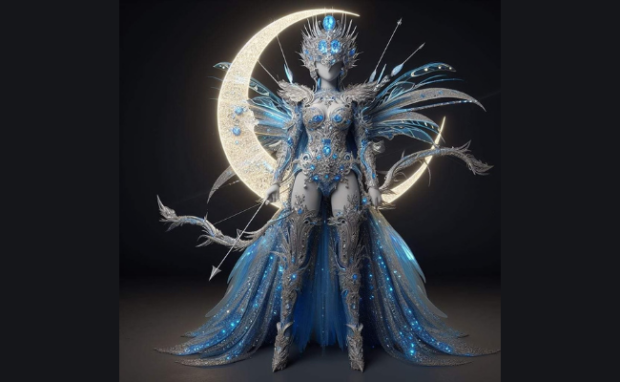
Have you heard of these Philippine gods and goddesses? Let’s start with one above, Mayari. She’s the goddess of the moon and one of the three of Bathala by a mortal woman.
She was the most charming of all the goddesses, and she had two sisters, Hanan and Tala. The next one is Haliya, the masked goddess of the moonlight.
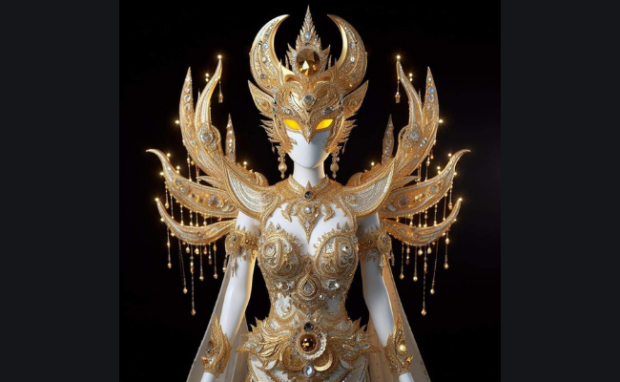
Haliya is the archenemy of Bakunawa and the protector of Bulan. Moreover, her cult is composed primarily of women, and they named a ritual dance after her to counter Bakunawa’s influence.
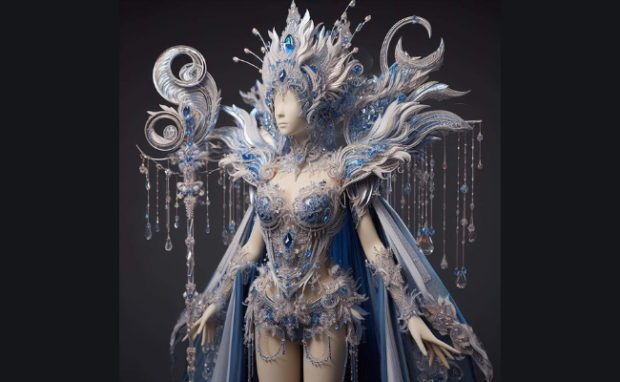
Anitun Tabu is the fickle-minded goddess of wind and rain in Tagalog mythology. She’s one of the two children of Dumangan, the sky god of good harvest, and Idianale, the goddess of labor, good deeds, and animal husbandry.
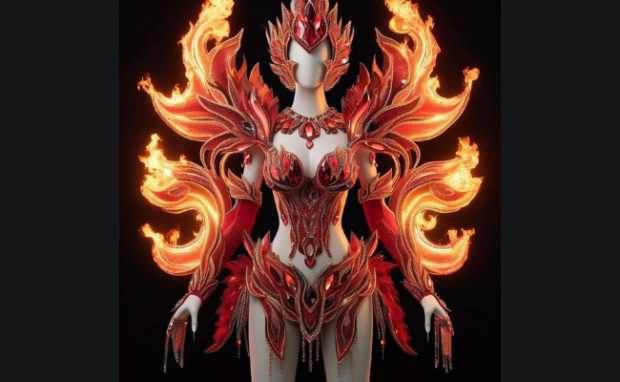
Lalahon is the goddess of fire, volcanoes, and harvest. Ancient Visayans blamed her for sending armies of locusts to destroy their harvest. In response, natives will offer her gifts in order to please her and prevent her from doing that.
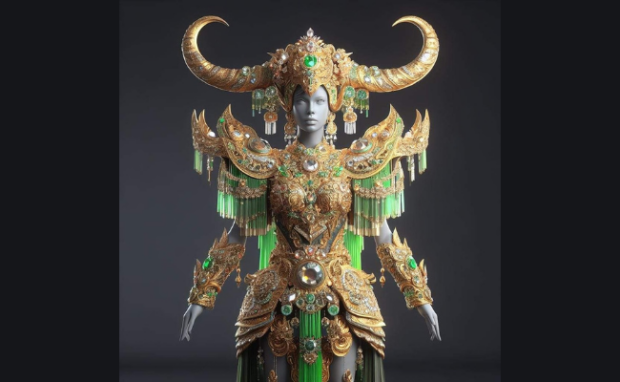
Idinayale is the goddess of labor and good deeds. Natives used to call for her guidance in order to make their work successful. She married Dimangan and had two offspring.
You may also like: How to try Stable Diffusion XL 1.0
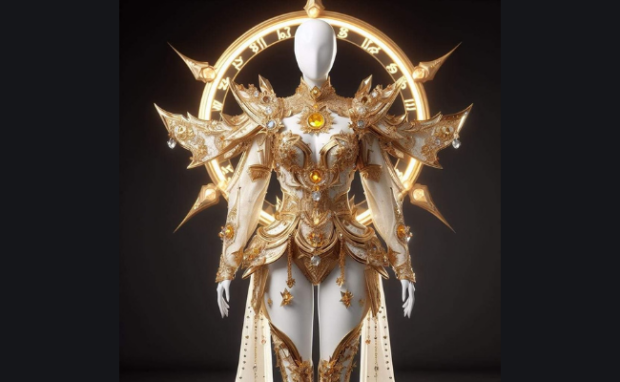
Finally, we have Kaptan, the supreme god who dwells in the sky. He is the Ancient Visayan counterpart of Bathala, the highest-ranking god in the Filipino pantheon. Of all the supreme deities in the Visayas, he is the most worshipped by the natives.
The “Discover Antique, Philippines” page featured roughly 20 designs, so I can’t cover them all in my article. See the others on the original Facebook post.
How do you create AI art?
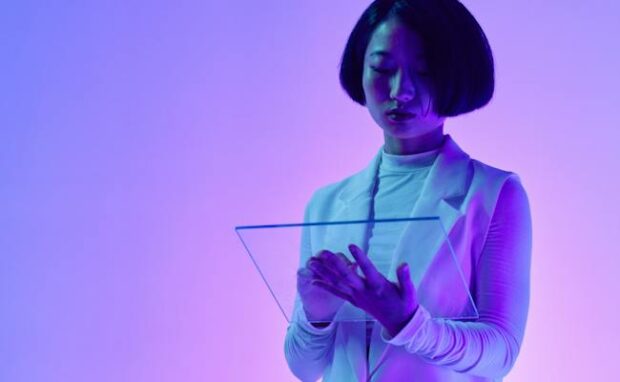
The Facebook AI costume post says Antique resident Rotchie Martin created these myth-inspired designs. Also, it says he’s a graduate of Sebaste High School who is pursuing a Bachelor of Science in Tourism Management at the University of Antique Main Campus.
You’d think you need an Arts degree to draft amazing costumes. Yet, all you need is an AI image generator like DALL-E and Stable Diffusion.
These are the most popular choices, but you have more nowadays. Believe it or not, they can create anything you want based on short descriptions.
For example, ask for an “adorable panda,” and it will generate several samples. However, you must understand how to make these programs create what you want.
In other words, you need to know how to make effective AI prompts. Follow these steps to create your first AI-generated masterpiece!
You may also like: How to use the Stable Doodle AI tool
- Begin with an action word to ensure your prompts are as direct as possible.
- Provide more context by adding numerous descriptions and examples.
- Ask the AI tool to play a role. For example, ask the program to act like a fashion designer to limit its creations to those akin to these artists.
- Be specific with AI prompts by explaining every detail of your desired results.
A simpler alternative is to ask ChatGPT for Stable Diffusion prompts for a specific design. For example, you can ask, “What should I ask Stable Diffusion to create an adorable panda?”
Wait for it to generate the results, and then copy and paste them on Stable Diffusion. As a result, you could save time testing multiple prompts. Also, you can replace the word “Stable Diffusion” with your preferred AI image generator.
Conclusion
Filipino college student Rotchie Martin created AI-generated costumes inspired by Philippine gods and goddesses. As a result, it has been going viral on social media.
The post garnered varying reactions. Some applauded the man’s work, while others felt disappointed by the spreading use of AI designs.
Nevertheless, this project is another proof that the Philippines is ready to shine in the AI revolution! Check out more digital tips and trends at Inquirer Tech.